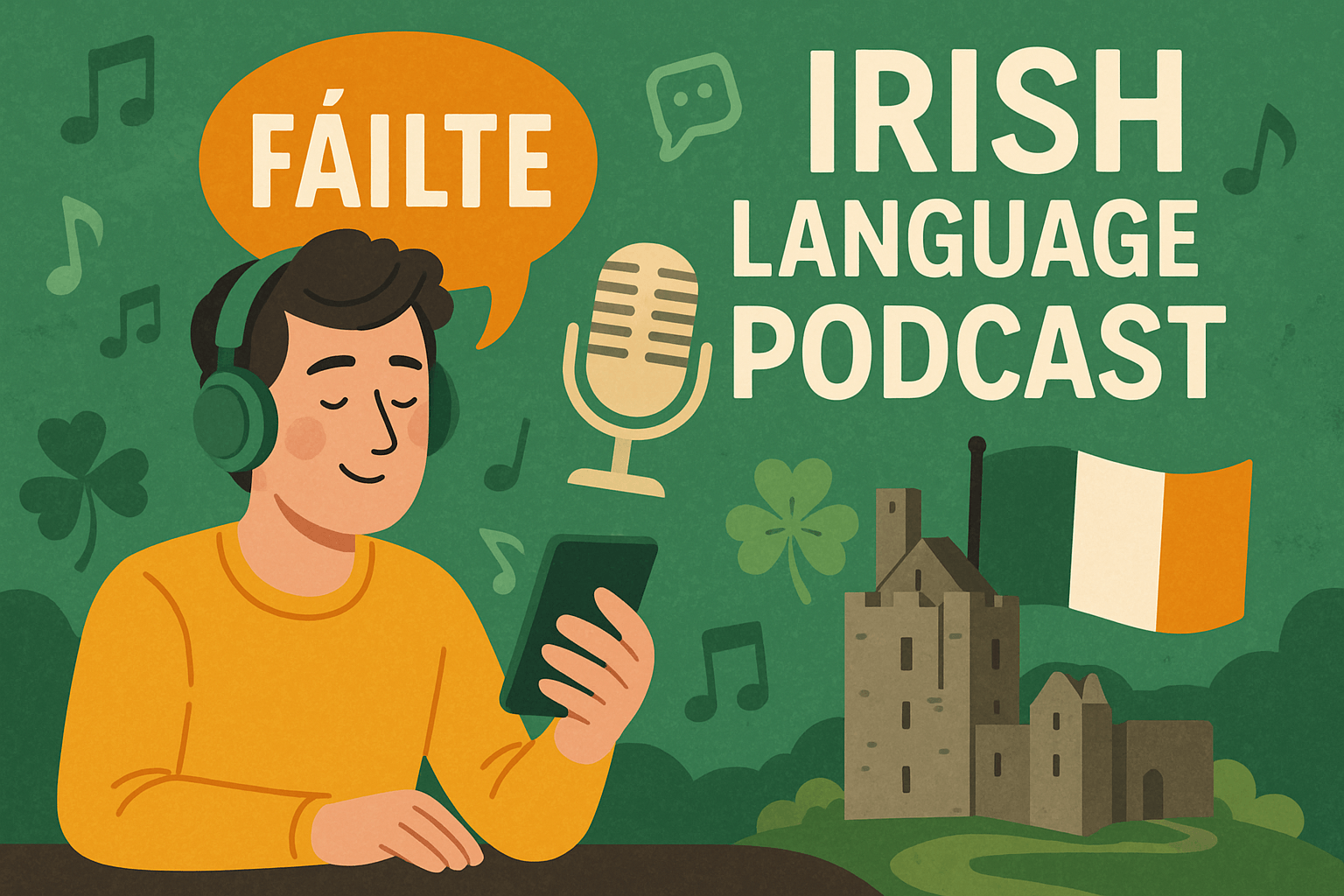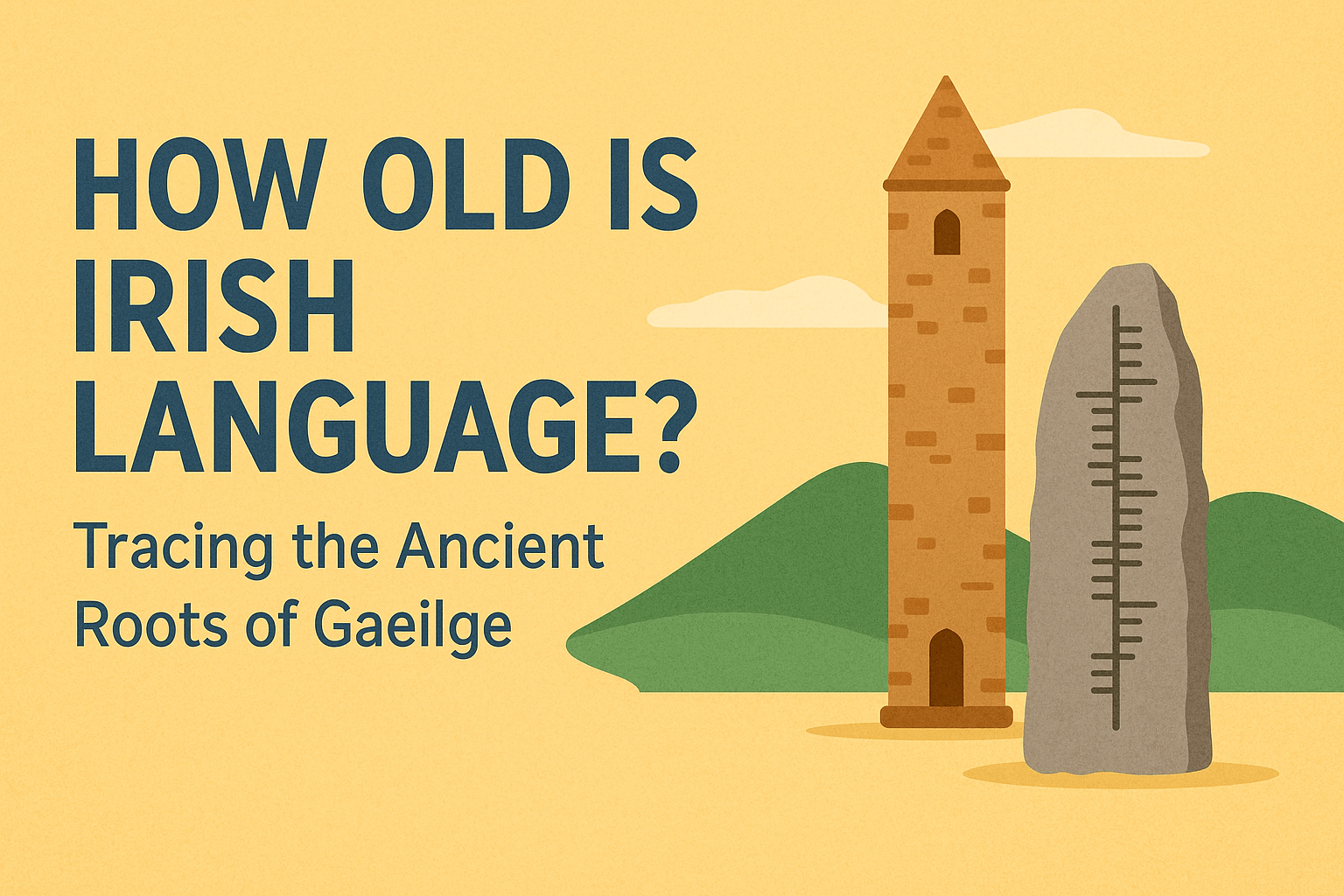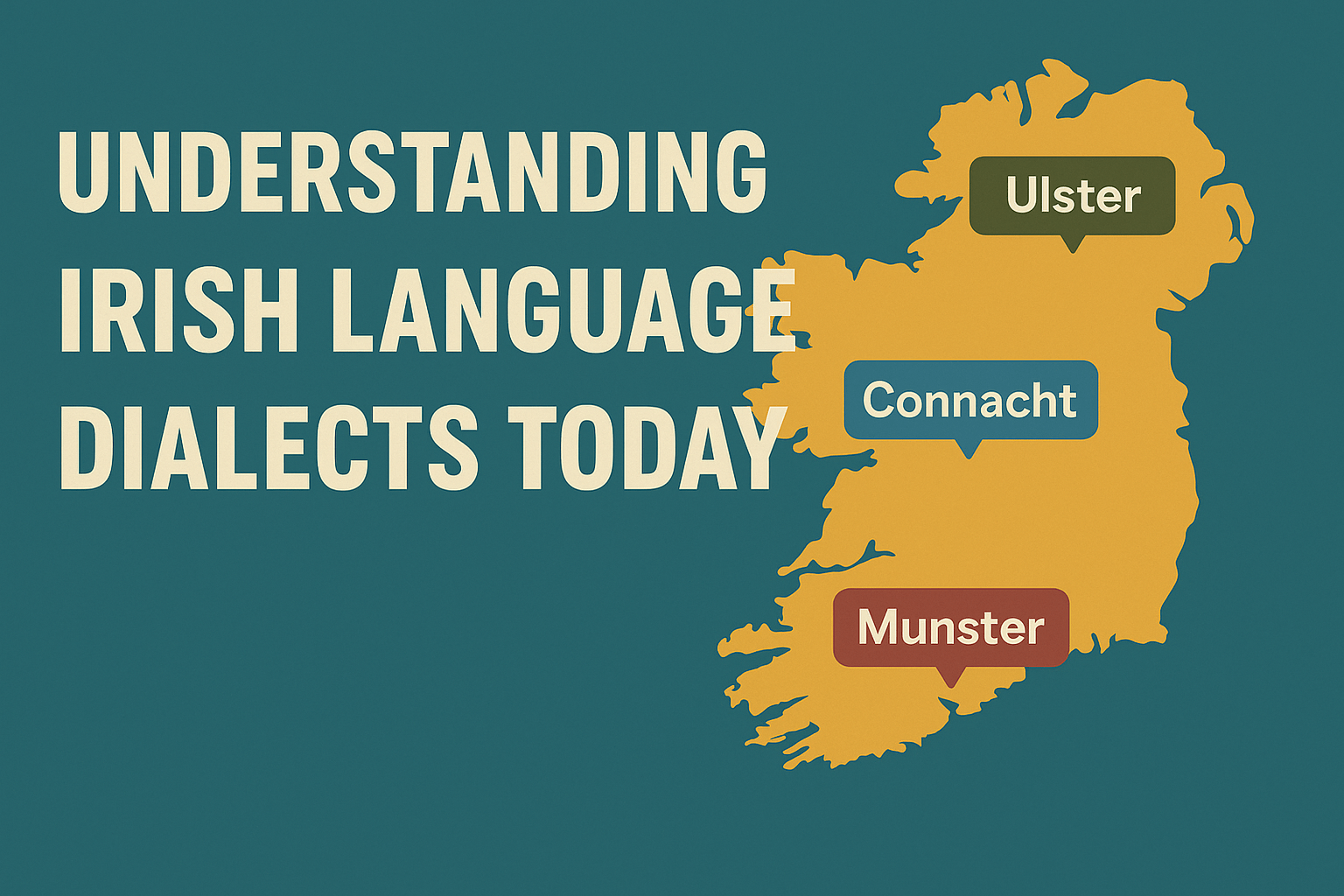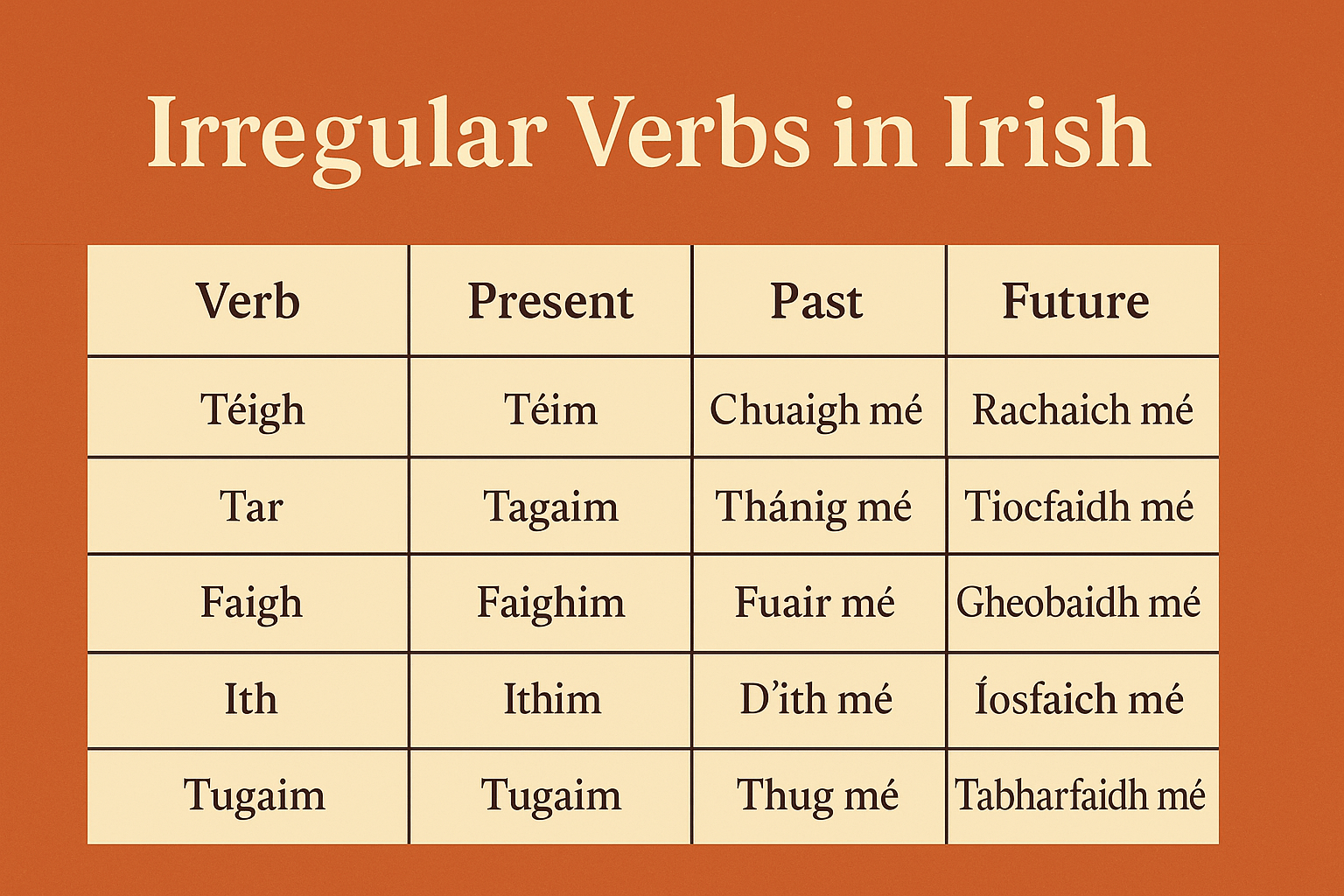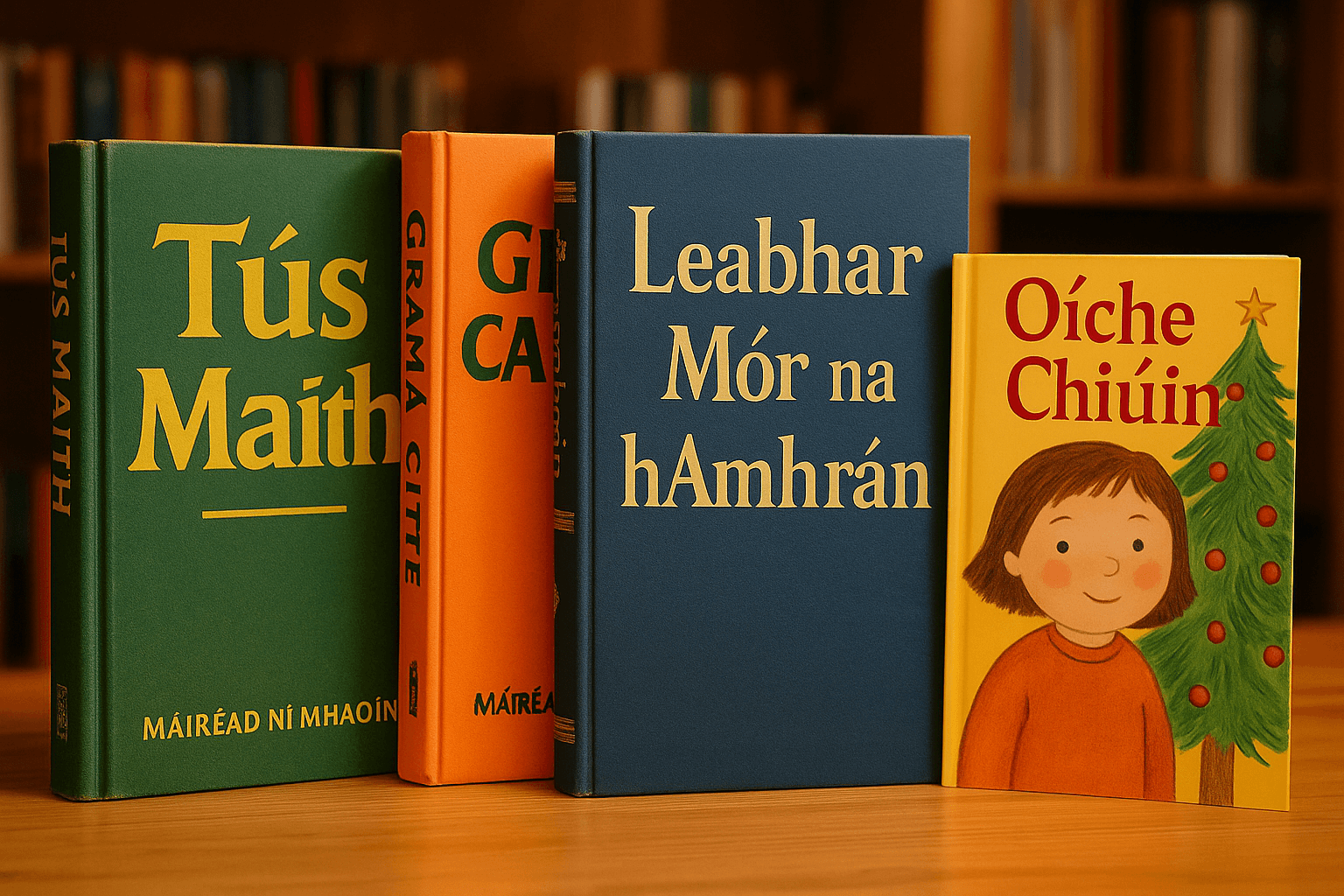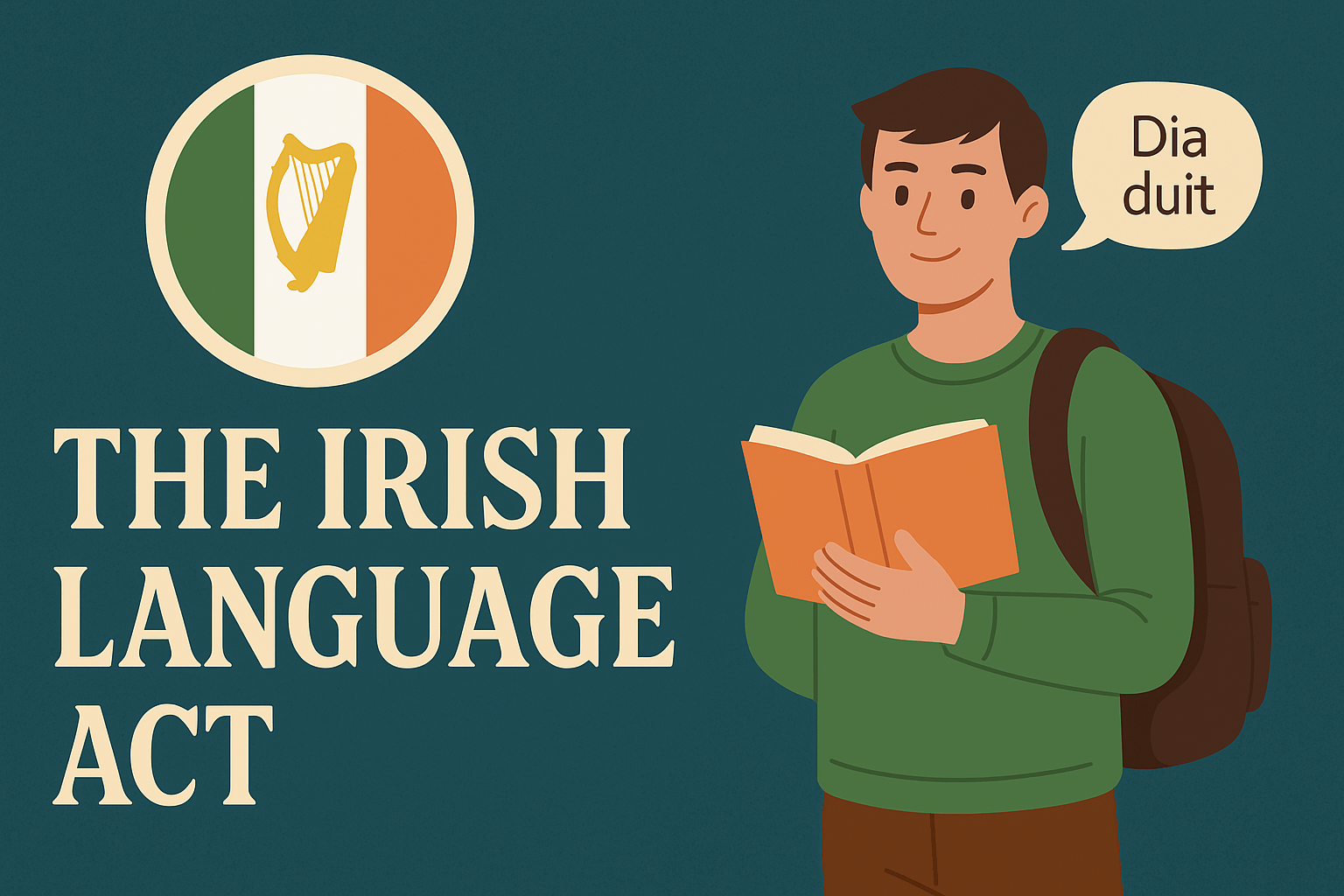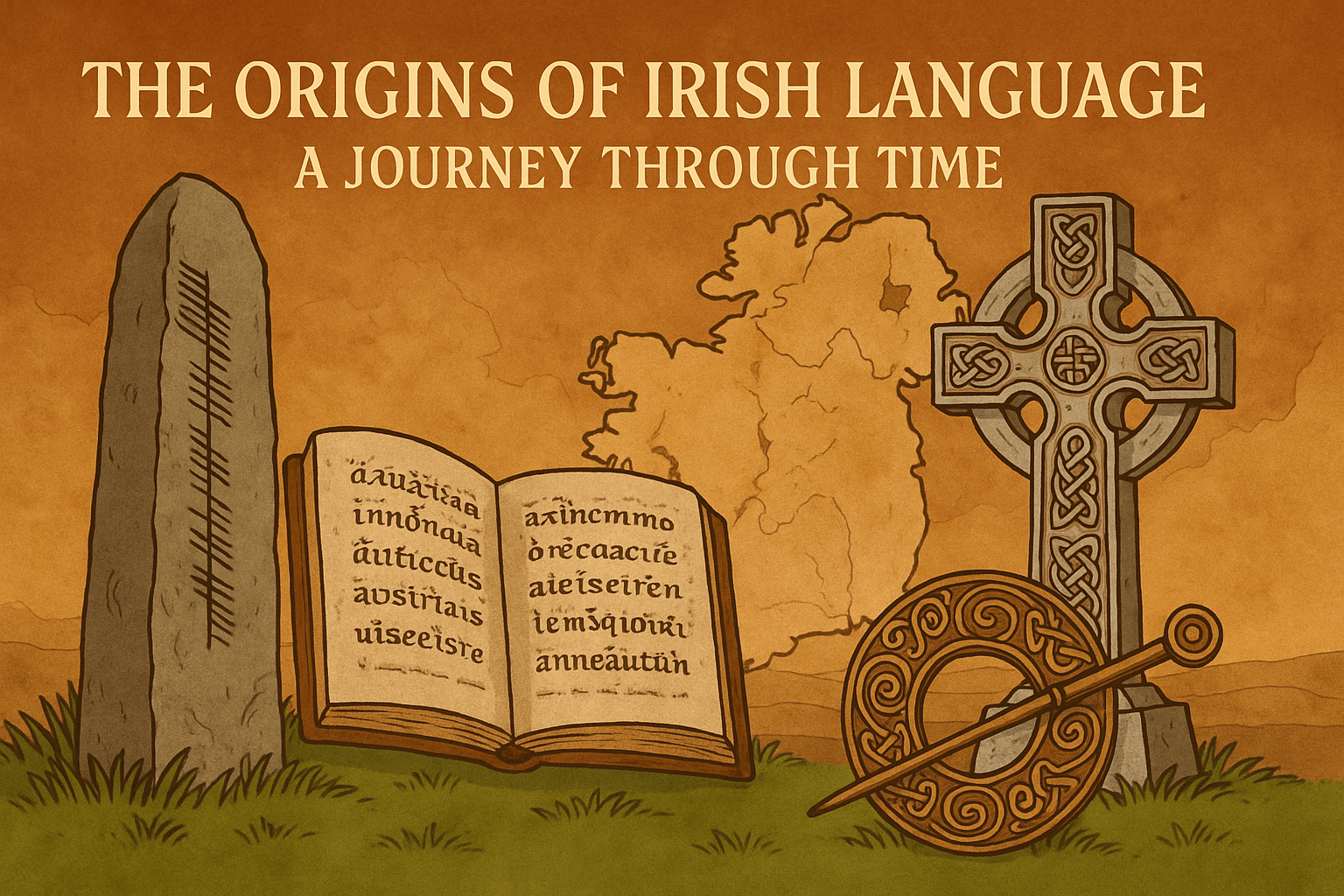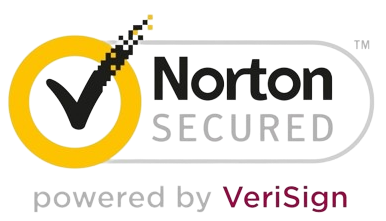What is Samhain?
Samhain (pronounced “Sow-in”) is one of the most important festivals in the Celtic calendar, marking the end of harvest and the beginning of winter. For centuries, Samhain traditions have shaped Irish culture, blending ancient ritual with seasonal change. Today, many recognize Samhain as the Celtic New Year, a time of transition when the veil between the living and the spirit world is said to be thinnest.
At Gaeilgeoir AI, we believe exploring Samhain is not only a way to connect with Irish history but also an inspiring opportunity to practice the Irish language. From Samhain greetings to learning about Samhain customs and symbols, understanding this festival helps learners deepen both cultural and linguistic knowledge.
When is Samhain?
Traditionally, Samhain was celebrated from sunset on October 31st to sunset on November 1st, aligning with the Gaelic calendar. This date marked the halfway point between the autumn equinox and the winter solstice.
Modern celebrations often coincide with Halloween, but in Ireland and parts of Scotland, Samhain is still understood as a spiritual and seasonal turning point.
Samhain History: Ancient Roots
The history of Samhain stretches back thousands of years to Celtic communities who followed a seasonal calendar based on the cycles of nature. Samhain was one of the four great fire festivals, alongside Imbolc, Bealtaine, and Lughnasa.
- Agricultural Significance: It marked the end of harvest, when animals were brought in and communities prepared for the cold months.
- Spiritual Beliefs: Celts believed that during Samhain, the boundary between worlds blurred, allowing spirits and ancestors to visit.
- Fire Rituals: Great bonfires were lit on hilltops to protect people and livestock.
If you’re curious about how Samhain fits into the Gaelic calendar, you can explore more here: Gaelic Calendar Guide.
Samhain Traditions and Customs
Samhain traditions varied by region, but many themes remain constant.
Common Samhain Customs
- Bonfires – Symbolizing protection and purification.
- Divination – Using nuts, apples, or mirrors to predict the future.
- Feasting – Sharing food with family and leaving offerings for spirits.
- Costumes – Disguises were worn to ward off harmful beings.
- Ancestor Honoring – Places were set at the table for the departed.
These Samhain customs are still echoed in modern Halloween practices, from trick-or-treating to pumpkin carving (originally turnips in Ireland).
Samhain Symbols
Several symbols are associated with Samhain, each carrying deep cultural meaning:
- The Cauldron – Transformation and rebirth.
- Apples – Linked to love, health, and prophecy.
- Black and Orange Colors – Representing death and harvest.
- Masks and Costumes – A way to confuse wandering spirits.
- The Hearth Fire – Extinguished and relit from communal bonfires.
Understanding Samhain symbols not only enriches cultural appreciation but also gives learners meaningful vocabulary to explore in Irish.
Samhain Rituals: Old and New
Ancient Rituals
- Lighting sacred fires on hilltops.
- Offering crops, animals, or symbolic gifts to deities for protection.
- Storytelling about gods, heroes, and spirits.
Modern Rituals
- Meditation, reflection, or journaling to honor ancestors.
- Lighting candles at home instead of great bonfires.
- Practicing Samhain greetings in Irish to connect with cultural roots.
One popular Samhain ritual today is writing down fears or challenges on paper and burning them in a fire as a symbol of release and renewal.
Samhain Greetings in Irish
If you’d like to greet someone during this season, try these:
- “Oíche Shamhna Shona Duit” – Happy Samhain Night to you.
- “Beannachtaí na Samhna” – Blessings of Samhain.
For more everyday greetings that connect with Irish culture, you might enjoy this guide: A Chara – Irish Greeting.
Samhain Pronunciation: Getting It Right
The word Samhain often confuses learners. In Irish, mh is pronounced like a soft “w” or “v,” depending on dialect. So Samhain is spoken as:
- “Sow-in” in most Irish dialects.
- Occasionally “Sah-win” in Scottish Gaelic.
Mastering Samhain pronunciation is a small but rewarding step for learners practicing Irish phonology. If you’d like to go deeper into pronunciation, explore our Irish Pronunciation Guide.
Samhain Celebrations Today
While rooted in ancient tradition, Samhain continues to be celebrated worldwide:
- In Ireland and Scotland – Communities hold festivals with music, bonfires, and storytelling.
- In Pagan and Wiccan traditions – Samhain is honored as a spiritual festival of remembrance.
- Globally – Halloween incorporates many Samhain celebrations, though often in secular ways.
Learning about these celebrations is a wonderful way to expand your Irish vocabulary while also connecting with living culture.
Why Learn About Samhain While Learning Irish?
For language learners, festivals like Samhain provide:
- Context – Vocabulary tied to real traditions and symbols.
- Culture – A deeper connection to Irish heritage.
- Motivation – Celebrating holidays in Irish makes learning fun.
At Gaeilgeoir AI, we offer AI-powered tools that help learners practice greetings, explore Irish mythology, and even generate personalized study plans. Cultural anchors like Samhain make learning more engaging and memorable.
Further Exploration: Related Festivals
Samhain is just one of the seasonal festivals. To compare, you might want to read about Bealtaine, the spring festival opposite Samhain on the Celtic calendar. Understanding these cycles helps learners see the rhythm of Irish tradition.
External Learning Resources
For those interested in further research, the National Museum of Ireland provides excellent insights into Samhain history and customs, blending archaeology and folklore.
Conclusion: Bringing Samhain Into Your Learning Journey
Samhain is more than just the root of Halloween—it is a celebration of change, memory, and renewal. By learning about Samhain traditions, rituals, and greetings, you gain a richer appreciation of Irish culture and language.
Whether you light a candle for ancestors, practice Irish phrases, or simply enjoy the changing season, Samhain invites reflection and growth.
Ready to bring cultural depth into your Irish learning? Join our community of learners and try Gaeilgeoir AI today: Sign up for free.

